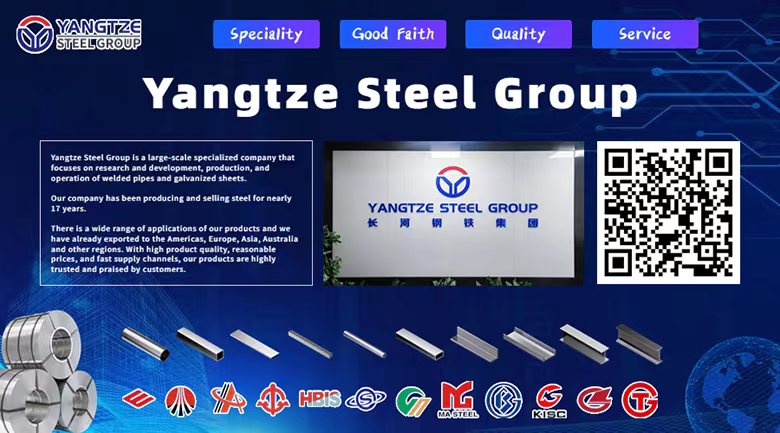What are the differences between stainless steel 304, 304L, 316, 316L?
The main differences between stainless steel 304, 304L, 316, 316L are their chemical composition and properties, especially in terms of carbon content and corrosion resistance.
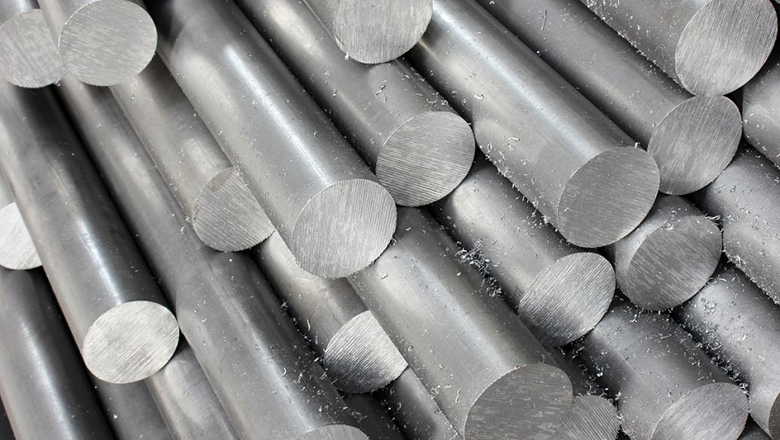
1. 304 stainless steel
Composition: mainly contains 18% chromium and 8% nickel, with a maximum carbon content of 0.08%.
Features: 304 is the most commonly used type of stainless steel, with good corrosion resistance, easy processing and good mechanical properties.
Application: widely used in kitchen utensils, building materials, food industry equipment, etc.
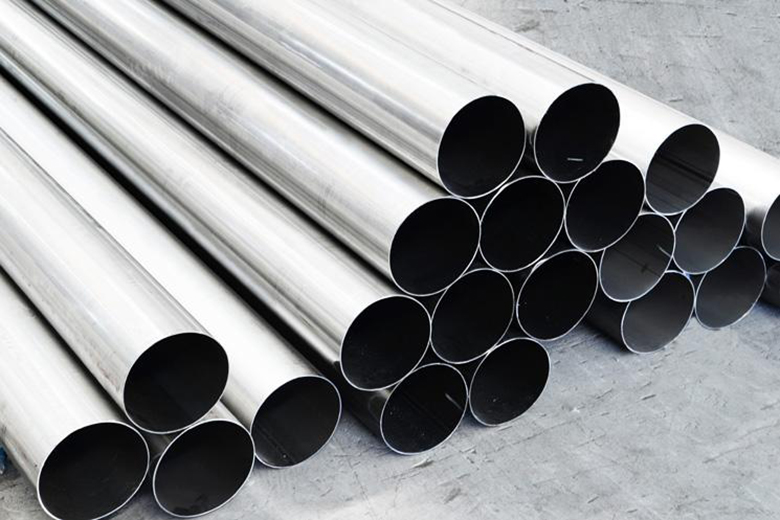
2. 304L stainless steel
Composition: similar to 304, but with a low carbon content of up to 0.03%.
Features: The low carbon content reduces carbide precipitation after welding and avoids intergranular corrosion, making it suitable for applications that require frequent welding.
Application: often used in applications with high welding requirements, such as chemical equipment, heat exchangers and building materials, etc.
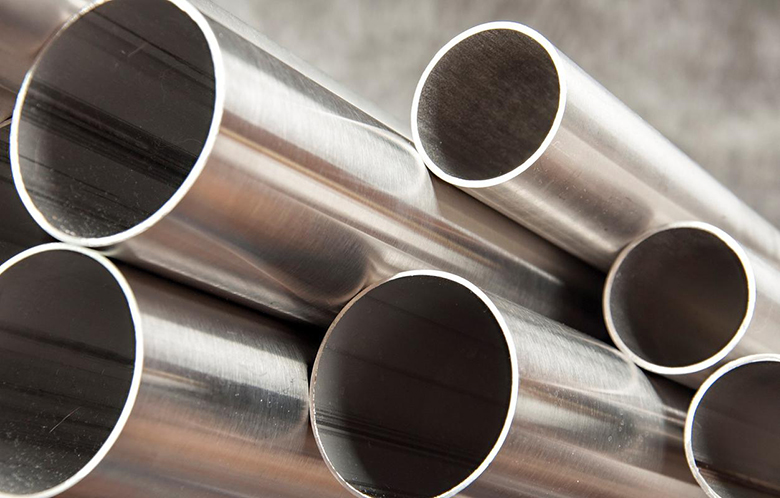
3. 316 stainless steel
Composition: Similar to 304, but with 2-3% molybdenum (Mo) added, and a maximum carbon content of 0.08%.
Features: The addition of molybdenum greatly improves its corrosion resistance, especially in chlorine-containing environments. 316 stainless steel performs better in marine environments and chemical industries.
Application: Commonly used in marine equipment, chemical equipment, pharmaceutical equipment and other occasions with high corrosion resistance requirements.
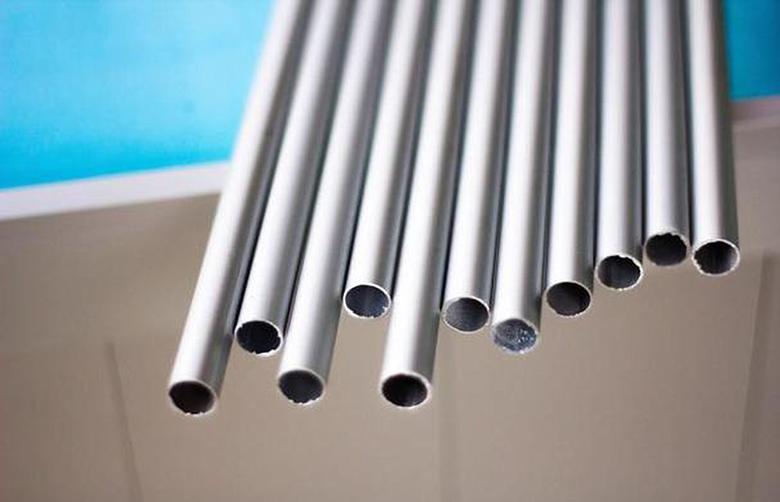
4. 316L stainless steel
Composition: Similar to 316, but with a lower carbon content, up to 0.03%.
Features: Low carbon content reduces carbide precipitation during welding and has excellent resistance to intergranular corrosion. Suitable for occasions where high corrosion resistance is required after welding.
Application: Widely used in occasions with high welding requirements and harsh corrosive environments, such as petroleum, chemical equipment, marine engineering, etc.
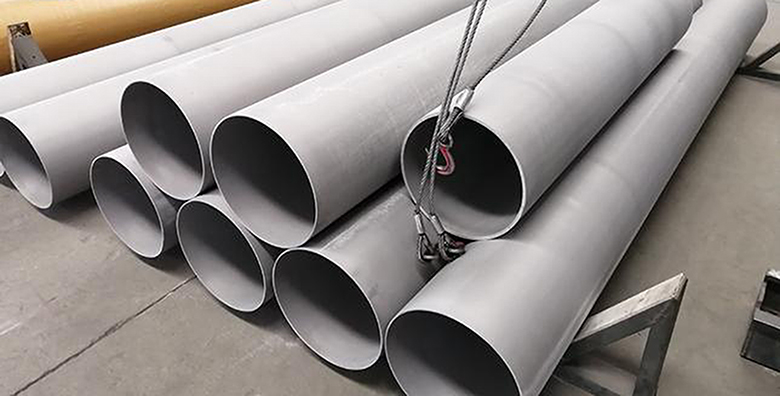
Summary:
304 vs 304L: 304L has a lower carbon content and is suitable for occasions where welding is required to prevent corrosion after welding.
316 vs 316L: 316L has a lower carbon content, is more corrosion resistant, and is suitable for more demanding environments.
316/316L has better corrosion resistance than 304/304L, especially in chlorine-containing and marine environments.
Choosing the right stainless steel model depends on the specific requirements for material weldability, corrosion resistance, and working environment.
